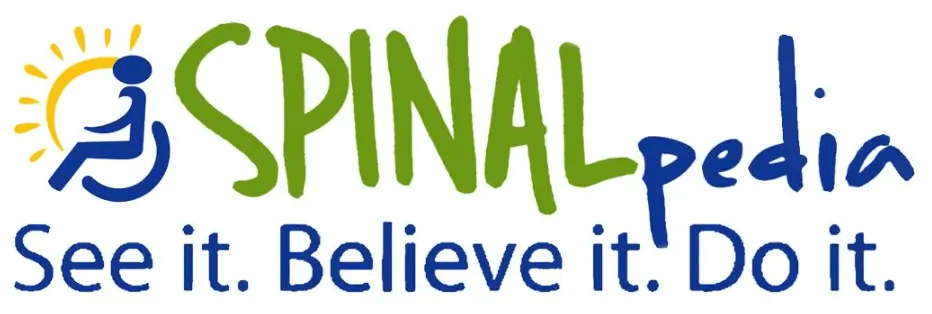 Traditional inpatient rehabilitation usually lasts no longer than a few months, and then you are sent home for outpatient physical therapy. Within a few months, however, outpatient physical therapy ends as well. Without attending inpatient or outpatient rehabilitation, staying active while living with a spinal cord injury can be extremely difficult.
Traditional inpatient rehabilitation usually lasts no longer than a few months, and then you are sent home for outpatient physical therapy. Within a few months, however, outpatient physical therapy ends as well. Without attending inpatient or outpatient rehabilitation, staying active while living with a spinal cord injury can be extremely difficult.
Fortunately, there are many ways you can still move your body and live an active lifestyle in spite of paralysis. These methods may not help you walk again, but they will help you keep your legs, arms, and overall cardiovascular health in great shape.
Activity-Based Therapy
Activity-based recovery programs focus on continued exercise after a patient is discharged from both inpatient and outpatient rehabilitation. These programs can help you increase your strength, as well as fight depression. Activity-based therapy has increased in popularity over the last 15 years, but unfortunately, most activity-based therapy programs are not covered by insurance. However, some people will use crowd-sourcing fundraisers to raise the necessary funds to take part in activity-based therapy. Several nonprofit organizations across the country also provide funds for activity-based programs for patients with financial need.
The therapists at activity-based facilities will help you stand using adaptive equipment, as well as walk using locomotion therapy. Getting out of your wheelchair and completing a serious workout is also a major part of this therapy, which unfortunately is not something you typically see in a traditional rehabilitation setting. Many people who participate in activity-based therapy see improvements in their overall muscle strength, balance, and coordination.
Learn more about activity-based therapy from the Christopher & Dana Reeve Foundation: https://spinalpedia.com/video/Wze1z35lyN2
FES
FES therapy, or functional electrical stimulation therapy, is designed to help people with severe paralysis move their bodies. FES therapy uses low-energy electrical pulses to stimulate muscles in people with paralysis. FES can be used on nearly any area of the body, causing the muscles to contract. People use FES to produce limb functions such as grasping, walking, and standing. Many patients will also use FES to help with chronic pain, as well as build up muscle to prevent pressure sores.
Many patients find that if they participate in FES therapy regularly over time, they develop the ability to move some muscles without FES assistance. FES can also help restore bladder and bowel function. However, one of the most extraordinary things FEScan do is help people walk. A product called Parastep FES System helps people with paralysis walk again by combining FES therapy with the use of a walker. FES can also be used at home to maintain muscle mass and improve strength. Learn more about FES therapy here: https://www.cyclonemobility.com/product/xcite/
Exoskeletons

A passive method for moving paralyzed muscles is the use of exoskeletons. These life-enhancing machines help people stand upright and walk, and provide patients with the benefits of osteoporosis prevention and cardio strength. Fortunately, there are two exoskeleton models, developed by Ekso Bionics and ReWalk, now approved for home use by some insurance companies.
Learn about Ekso here https://eksobionics.com/ and ReWalk here https://rewalk.com/.
Elliptical Standing Frames
Standing frames have improved a lot over the last 15 years, with one of the biggest advancements being the standing frame that has an elliptical workout built-in (it will help you move your legs back and forth). As you stand, you can also move your legs, which helps with blood flow into your skin, and this helps prevent pressure sores. An elliptical standing frame also helps prevent osteoporosis. EasyStand standing frames are the #1 manufacturer of this design.
Moving your body on a regular basis after a spinal cord injury is key to maintaining your physical health. Staying active after sustaining an SCI may be difficult, but it is not impossible. Moving your whole body ultimately increases your physical health, improves your mental health, and can provide you with a sense of satisfaction and fulfillment.

https://www.flickr.com/photos/easystand/5758890633
Are you newly injured and need help figuring out life with a spinal cord injury? We offer FREE spinal cord injury peer mentoring via video chat to offer support and answer any questions you have. C4-5 quadriplegic Josh Basile, C7 quadriplegic Jonathan Sigworth, and T6 Paraplegic Rose Dougherty have years of lived experience with SCI and have helped thousands navigate the path to independence. Schedule a video call today by clicking on the following link: https://bit.ly/SPINALpedia_Peer_Mentoring










